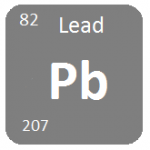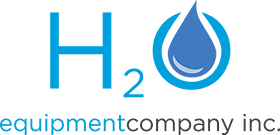 Lead is an odorless, colorless, and tasteless metal. Lead is rarely naturally occurring in water. However, it can enter your drinking water due to corrosion of any household plumbing, solder, or fittings containing lead.
Lead is an odorless, colorless, and tasteless metal. Lead is rarely naturally occurring in water. However, it can enter your drinking water due to corrosion of any household plumbing, solder, or fittings containing lead.
Is Lead harmful?
Yes. Lead is considered a toxic metal. If you consume elevated levels of lead, damage to your brain, kidneys, and nervous system could develop after many years of exposure. Children are at higher risk, and can develop mental or physical defects and learning disabilities.
Recommended levels:
The maximum contaminant level of Lead in drinking water, according the EPA, is 15 parts per billion. The CT Department of Public Health and the EPA recommend residents with private wells to have their water tested annually for potability. Your well water will not be considered drinkable if this metal is found in your well water above the limit.
Testing Options:
A Lead sample must be taken at “first draw” because the water has been sitting in your plumbing. If you would like your water tested for lead, call us at 860-267-0110 or email us at support@h2oequipment.com. We also have a Live Chat option on our website. We will take the sample for you and send it to a certified laboratory to get tested. When the results are in, we will call you and review the results.
More sources for Lead information and testing:
http://water.epa.gov/drink/contaminants/basicinformation/lead.cfm
http://www.aquateklabs.com/drinkingwater/lead/about.html
http://www.ct.gov/dph/lib/dph/drinking_water/pdf/lead.pdf
